- Learning time
- 90 minutes
- First play time
- 150 minutes
Bruxelles 1893
Designed by:
The theme of Bruxelles 1893 is that you, the players, are architects seeking to create great works of art in Brussells at the end of the 19th century. How the game functions is not easy to put across here, so we won’t attempt to explain the rules in any depth. Instead we’ll try and give you a flavour of the game in the loosest terms.
Firstly, if you’re a fan of Art Nouveau you may appreciate the stylings of the board and recognize certain names of patrons. Beyond that, however, the feeling of playing the game is more of a engineer – or maybe a particle physicist – rather than an architect. Bruxelles 1893 has a lot going on. It takes a simple worker-placement mechanic (i.e. on your turn, place a worker on the board to get X) and builds a host of things around it. Certain places your worker can go do multiple things: they get you an instant reward, but you must also add money because they double up as a bid (the most money from one player in one column at the end of a round get the bonus card at the bottom of that column). And they also triple-up as a majority bid: the most workers of one colour around a shield (if the shield is surrounded by workers) moves you up one space on a shield track, which gives you benefits when you place workers elsewhere… it’s that kind of game. Only a certain number of actions are available each round, and the starting player gets to choose – to an extent – which ones.
You can make paintings and when you do, there’s a reward… but the rewards fluctuate and the market will only hold certain colour paintings at certain times. You can build buildings, and these bring rewards too: big points, at the end of the game. There are also a bunch of other actions that get you more workers, more cubes, more money… your job is to maximize these benefits so your choices interlock and generate the best possible rewards.
The first-play-bump on Bruxelles is bigger than most – it’s a busy board with a lot of options to consider. BUT – if you like longer, more complex games, sticking with Bruxelles will show you how all these apparently disparate elements can be harnessed together. Repeat plays will show patterns emerging from the madness, along with various strategies. You can also spot what your opponents are after and make efforts to get in their way – despite the apparent (and plausible) possibilities of just getting on with your own plans, Bruxelles contains plenty of opportunity for Take That.
It’s a beast, but one you can tame. And although we have it down as a two hour game once you know it, for 2 or 3 players it can be even quicker.
Joe says
Games work best for me when the rules fall away, and you find yourself in a mental battle withe the other players. Unfortunately the mental battle for me here, as with many other games of this complexity, is with holding all the processes and possibilities in my head. Bruxelles feels to me like a compilation of mini-games that all connect to one another in oblique ways, and I find myself unable to get beyond the pieces to the heart of the game itself. Like other games published by Pearl, I love the artwork a bit more than the gameplay.
The guru's verdict
-
Take That!
Take That!
Maybe the overriding experience isn't one of Take That - the main thing being to stitch together your moves into some calculating and brilliant plan - but there's certainly room for Take That. Spaces are sometimes at a premium, and there is bidding in every round.
-
Fidget Factor!
Fidget Factor!
On a first play, high. But you can get it down.
-
Brain Burn!
Brain Burn!
Moderate to high. The first time you play Bruxelles it's maybe best to take a kind of scattergun approach and see what does what. The second time you'll have more of a clue as to what constitutes a good move. But even with familiarity there may be pauses - if someone's Plan A is scuppered they may need a few minutes to formulate a new one.
-
Again Again!
Again Again!
Bruxelles has a large amount of in-built variability.

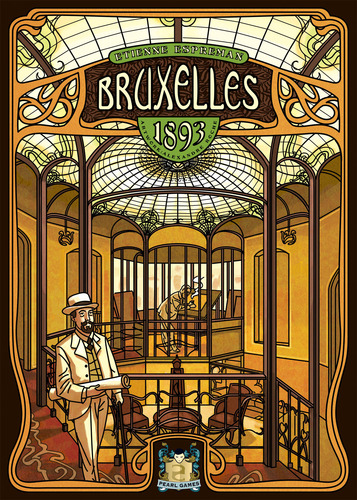
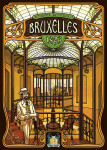
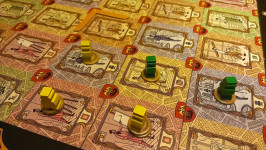
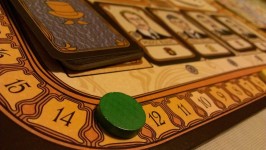
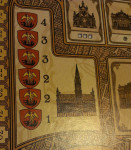
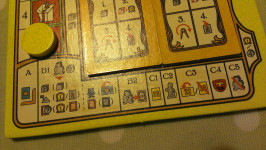

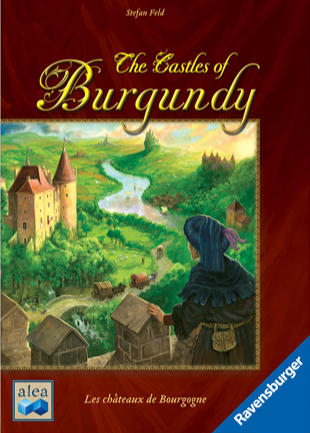
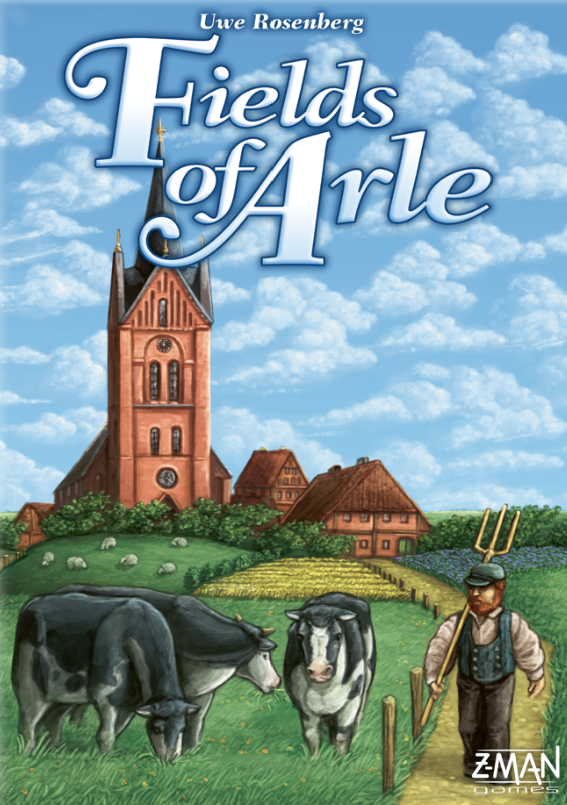
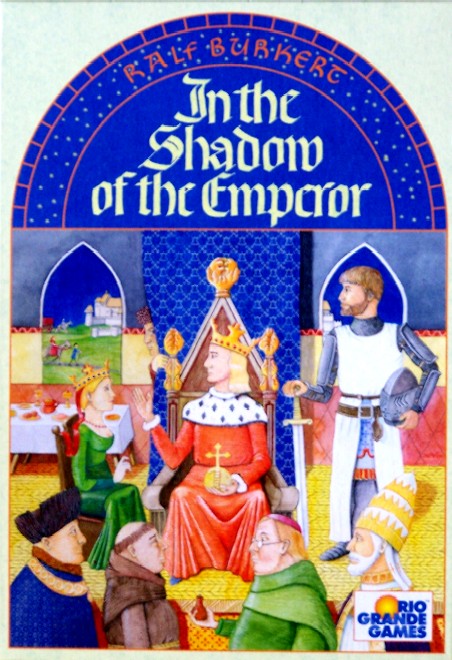
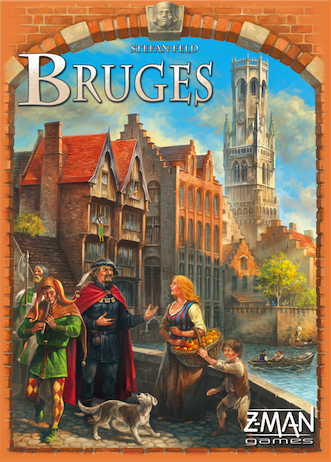
Sam says
It's a mite too long and complex for my liking - I've played Bruxelles two or three times and even though familiarity brought better understanding (and more enjoyment) it felt to me more like a collection of mechanics than a world you could immerse yourself in (unlike other involved evening-eaters such as Wallenstein or Eclipse which feel very thematic). It's very cleverly devised, and neatly presented, and some folks will adore it. I'm happy to admire it from a distance.